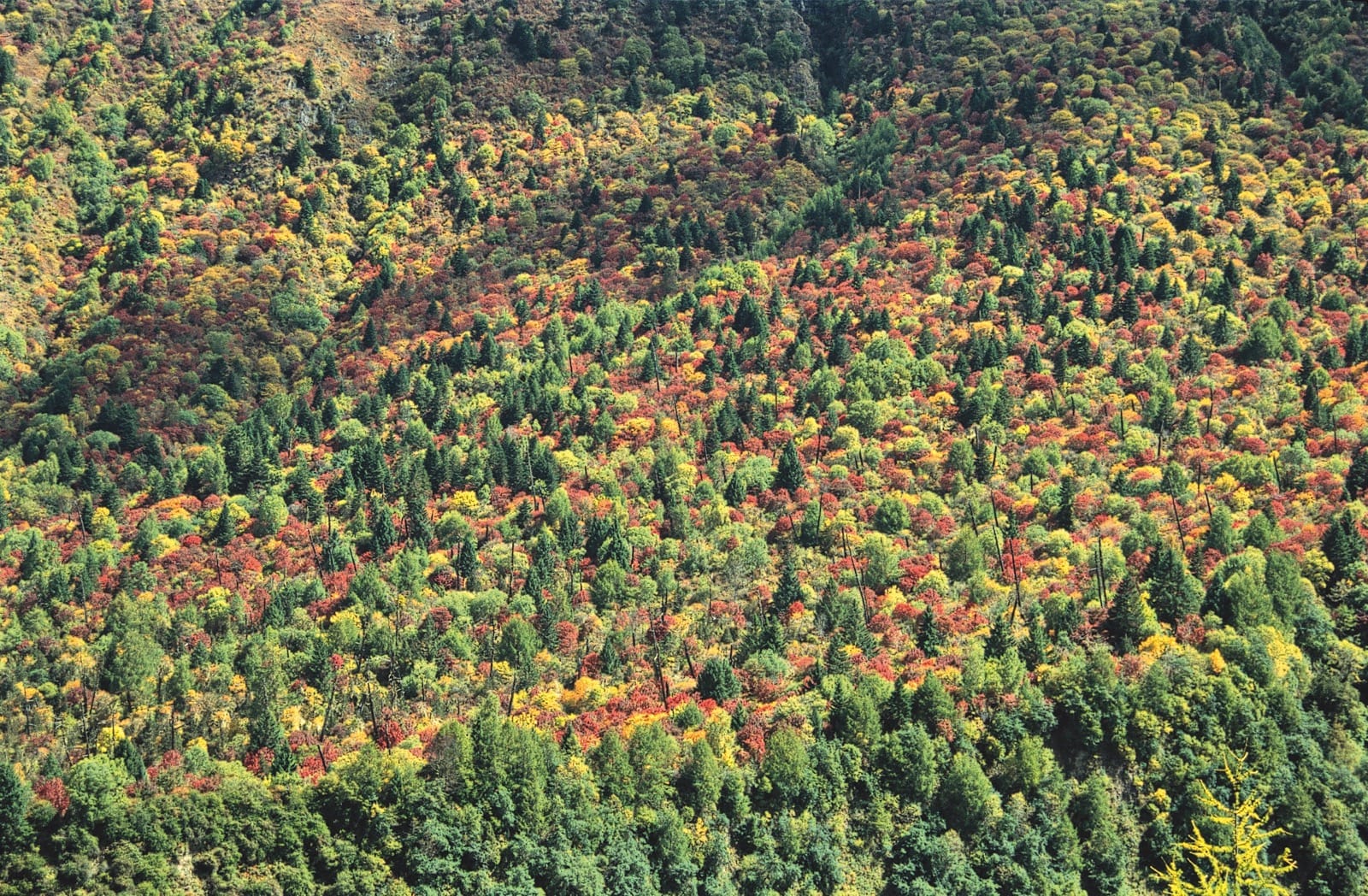Sorbus kongboensis
Sponsor
Kindly sponsored by
This genus has been sponsored and new text is being prepared.
Credits
Article from New Trees by John Grimshaw & Ross Bayton
Recommended citation
'Sorbus kongboensis' from the website Trees and Shrubs Online (treesandshrubsonline.
Genus
Other taxa in genus
- Sorbus americana
- Sorbus amoena
- Sorbus arachnoidea
- Sorbus aucuparia
- Sorbus carmesina
- Sorbus cashmiriana
- Sorbus commixta
- Sorbus coxii
- Sorbus decora
- Sorbus discolor
- Sorbus ellipsoidalis
- Sorbus esserteauiana
- Sorbus fansipanensis
- Sorbus foliolosa
- Sorbus forrestii
- Sorbus glabriuscula
- Sorbus glomerulata
- Sorbus gracilis
- Sorbus helenae
- Sorbus hupehensis
- Sorbus hypoglauca
- Sorbus insignis
- Sorbus 'Joseph Rock'
- Sorbus khumbuensis
- Sorbus koehneana
- Sorbus kurzii
- Sorbus lingshiensis
- Sorbus matsumurana
- Sorbus microphylla
- Sorbus muliensis
- Sorbus olivacea
- Sorbus parvifructa
- Sorbus pohuashanensis
- Sorbus poteriifolia
- Sorbus prattii
- Sorbus pseudohupehensis
- Sorbus pseudovilmorinii
- Sorbus randaiensis
- Sorbus reducta
- Sorbus rinzenii
- Sorbus rubescens
- Sorbus rufopilosa
- Sorbus rushforthii
- Sorbus sambucifolia
- Sorbus sargentiana
- Sorbus scalaris
- Sorbus sitchensis
- Sorbus tianschanica
- Sorbus ursina
- Sorbus vilmorinii
- Sorbus wallichii
- Sorbus wilsoniana
Small, spreading tree to 6 m. Buds densely covered with reddish brown hair. Leaves dark green, to 40 cm long, with 11–12 pairs of leaflets. Leaflets 7.5 × 1.7 cm, margins dentate for about three-quarters of their length; leaves turning reddish brown in autumn. Fruit pink, 0.8 × 1.2 cm; carpels three to four (to five). Tetraploid apomict (2n = 68). McAllister 2005a. Distribution CHINA: Xizang (Kongbo). Habitat Clearings in Abies forest. USDA Hardiness Zone 6. Conservation status Not evaluated. Illustration McAllister 2005a; NT799.
Sorbus kongboensis is a common small tree in southeastern Tibet and is now established in cultivation, although as yet it is not widely grown. Again it is thanks to Keith Rushforth that this species was discovered and introduced (KR 3664). In the wild it has spectacular autumnal coloration, derived from both the fruits – crimson, slowly becoming paler – and the rich red leaves. This red pigmentation is also apparent in the abundant red hairs that cover the buds and young leaves.

